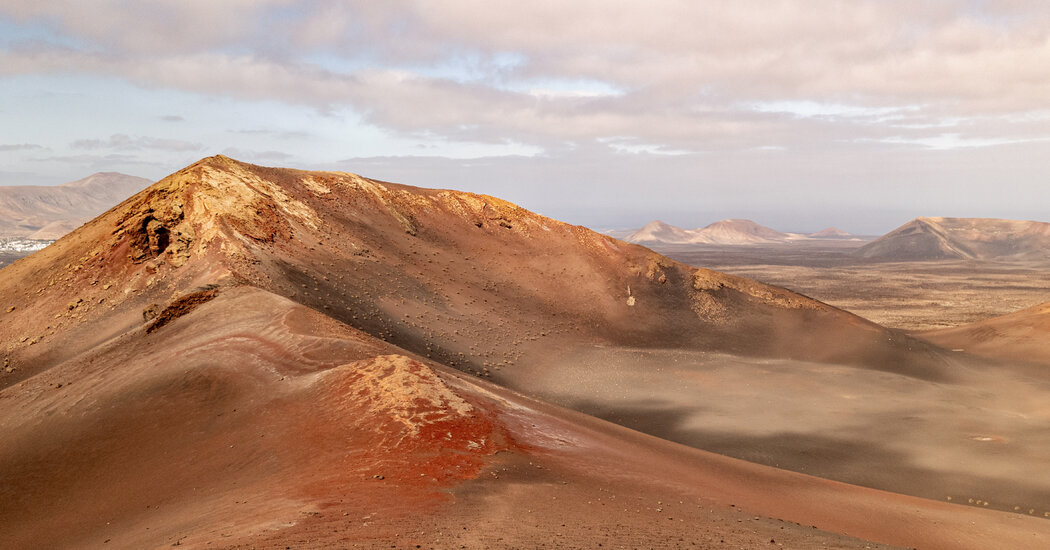
“Lanzarote is a place of secrets and mysteries,” the Spanish filmmaker Pedro Almodóvar once said of the place he used as a backdrop for his 2009 film “Broken Embraces.” “After I set foot on the island, the tensions I bring from Madrid disappear, as if this land had healing qualities.”
Mr. Almodóvar’s words, in a 2008 interview with the Spanish newspaper El Diario, kindled my own fascination with Lanzarote, the easternmost of the seven main Canary Islands.
His description also made it sound like the ideal wind-down destination for anyone attending Pride events on nearby Gran Canaria, an island that’s one of the most popular gay destinations in Europe. So this May, as revelers flocked to Gran Canaria, I went to Lanzarote.
After the 45-minute flight from lush, green Gran Canaria, the sere, black and brown landscape came as a shock. To take it all in, I drove up the Montaña de Guanapay, a steep hill about 1,440 feet above the village of Teguise, crowned by the Castle of Santa Bárbara.
It was here at the beginning of the 14th century that Lancelotto Malocello, a Genoese merchant and navigator, had a watchtower built. Malocello left the island 20 years later because of an uprising by the Guanche, the island’s Indigenous Berber people, who were later assimilated into Spanish settlements. But the navigator lives on as the likely source of the name Lanzarote, and the views are still spectacular.






